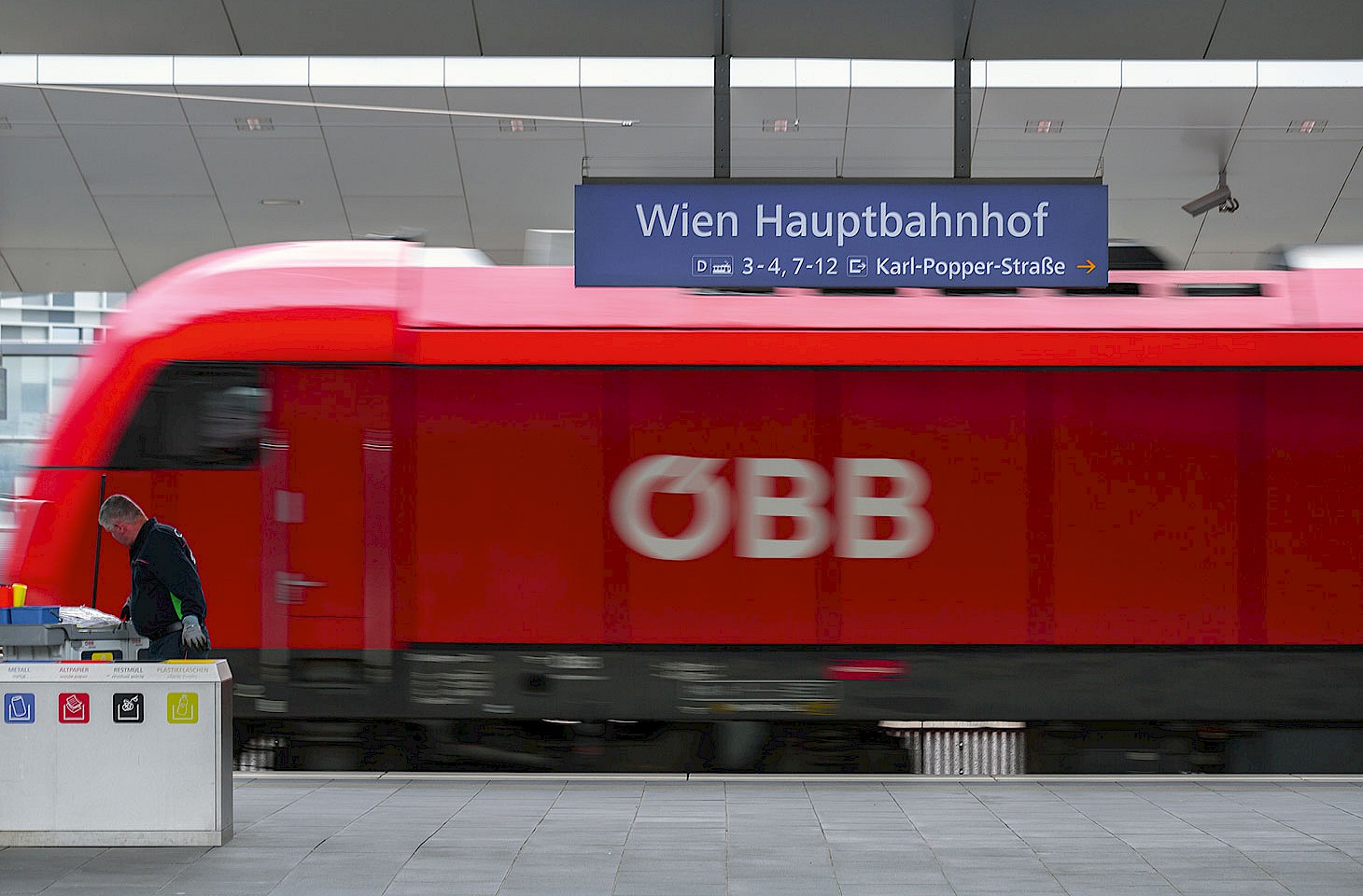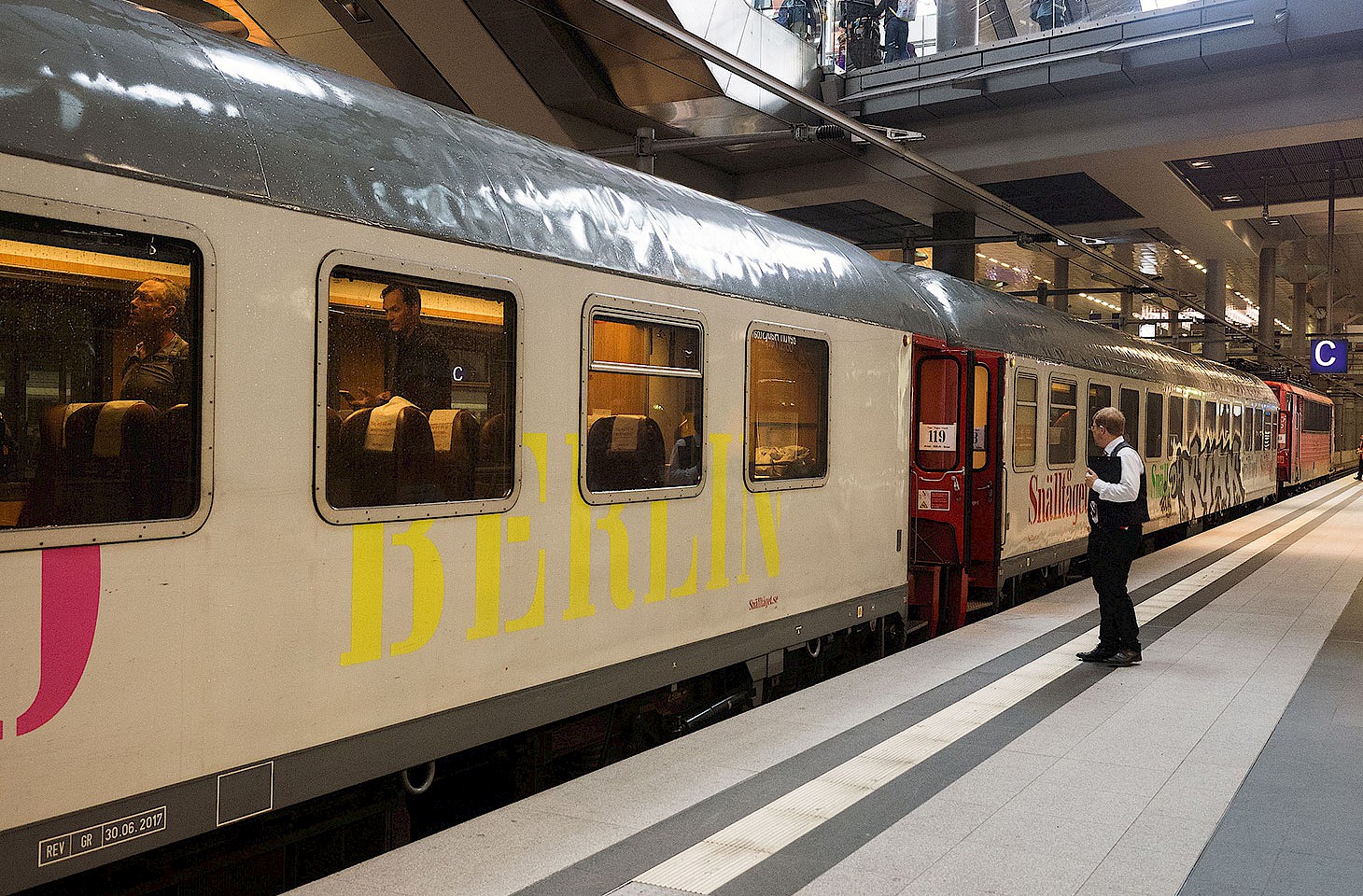The main losers in the spat between Ukraine and Russia over transport links are the ordinary citizens of the two countries. Nowhere is this more true than in the villages close to the administrative boundary line between Kherson Oblast and Crimea. The fabric of daily life in those areas relied on free movement across a notional frontier which had no practical significance in the days of the Soviet Union.
Even in the post-Soviet period, travellers moved with ease across the long border between Ukraine and the Russian Federation. One main Russian railway line cuts through Ukrainian territory north-west of the town of Milove. No longer do the trains stop on Ukrainian territory, depriving the villagers of Sorinovka of any opportunity to board or alight at their local station. A 2012 report suggested that Sorinovka station provided a dozen parttime jobs in the village. Those jobs have now all been lost and the pretty station building slips slowly into disrepair.
When the new 122-km long diversion line avoiding Ukrainian territory is commissioned, the biggest losers will be residents of the Russian town of Chertkovo.



